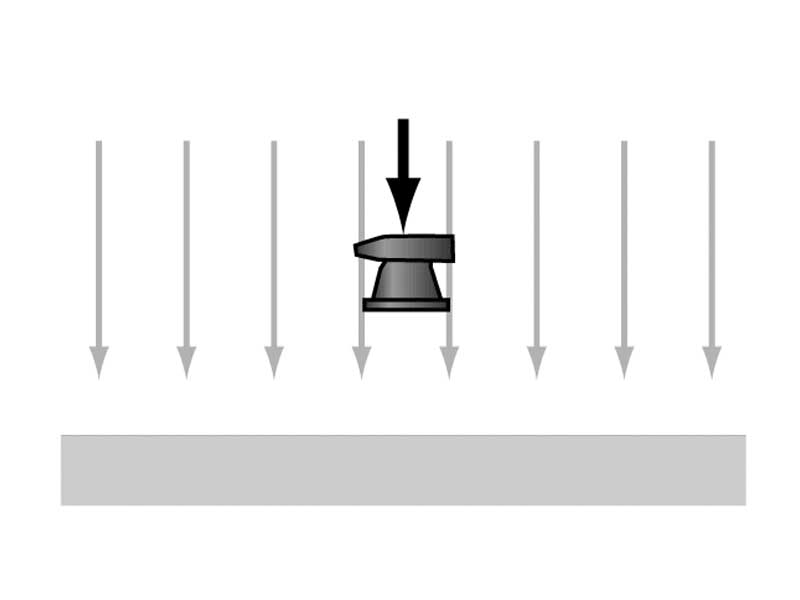Interdisciplinary Note (2 of 20)
The force on an object determines its acceleration. If the force is constant within a region of space, the acceleration on the object will be constant. Let us discuss the two most important action-at-a-distance constant force environments: the uniform gravitational field and the uniform electric field. Even though gravitation is no longer listed as an MCAT topic, the comparison and contrast of gravitational and electric force is a useful theme for us. Gravitation is so immediately apparent in perception. Lift your cup and you feel its weight. Gravitation gives us a heuristic model of comparison for many ideas relevant to electrostatics. The electrostatic attraction between opposite charge has similarities to gravitational attraction.
Both gravitational fields and electric fields can be very nearly constant across a region of space, leading to constant acceleration in that region. What are the constant acceleration environments for gravitational and electrostatic force? The commonly seen gravitational model system involving constant acceleration involves an object moving within the nearly constant gravitational field near the earth's surface. Picture parallel gravitational field vectors going from the ceiling to the floor. The electrical model system of constant acceleration involves a particle moving within the uniform electric field between charged plates.
In other words, the region of space between a parallel plate capacitor leads to the same kind of simple kinematics upon a charged particle as occurs in free-fall in the constant gravitational field near the Earth's surface. A particle moving at an angle through a uniform electric field will experience parabolic motion of the same shape as projectile motion. Both situations involve dynamics of constant force and thus, the kinematics of constant acceleration.
The fact that the conceptualization of the motion of a charged particle between capacitor plates has both similarities and differences to projectile motion makes it a good subject for MCAT questions. Instead of a traditional projectile motion problem, the MCAT is more likely to put you in the position of applying the conceptual reasoning you learned in projectile motion to the description of a charged particle between capacitor plates.
